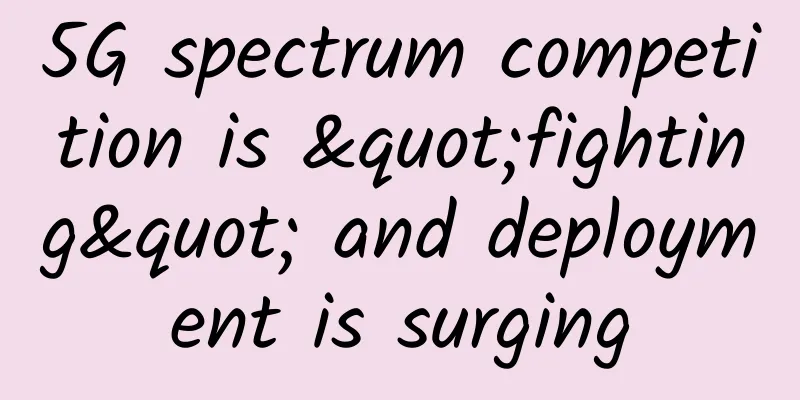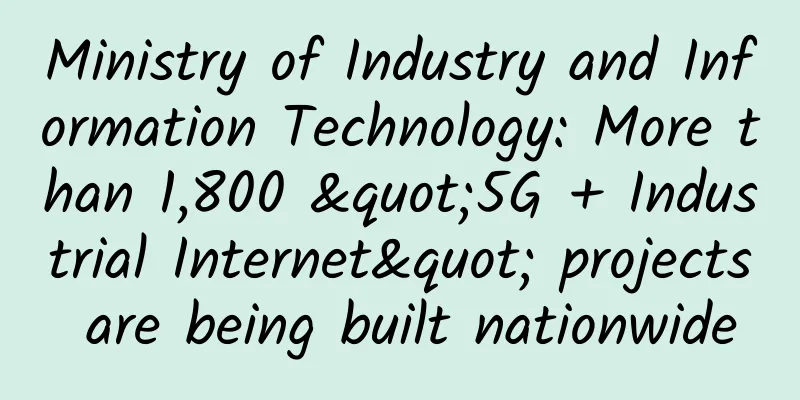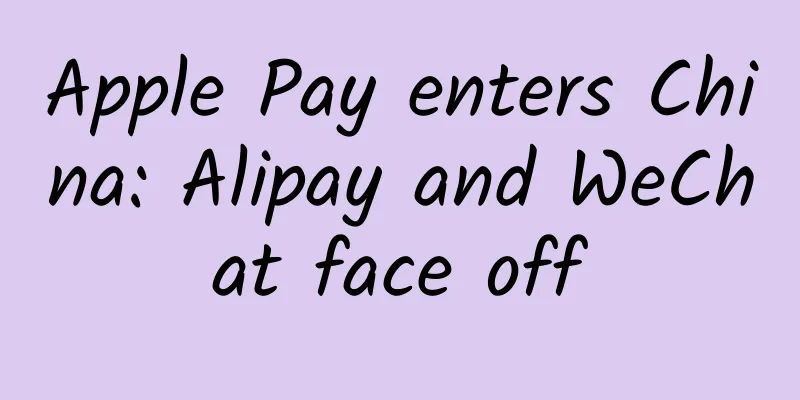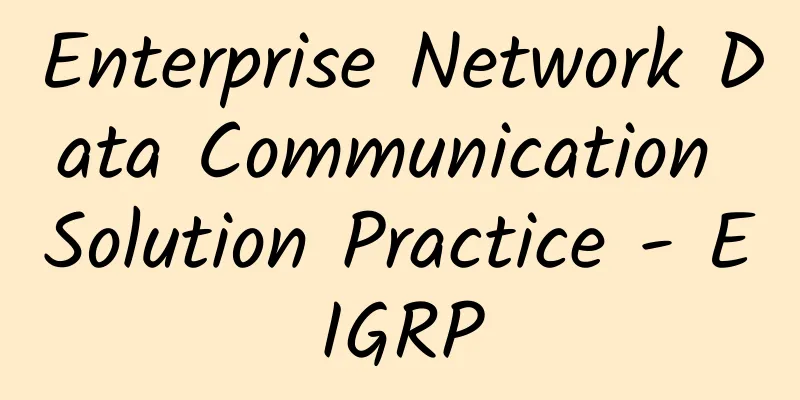Should I switch to a Wi-Fi 6 router as the holidays approach?
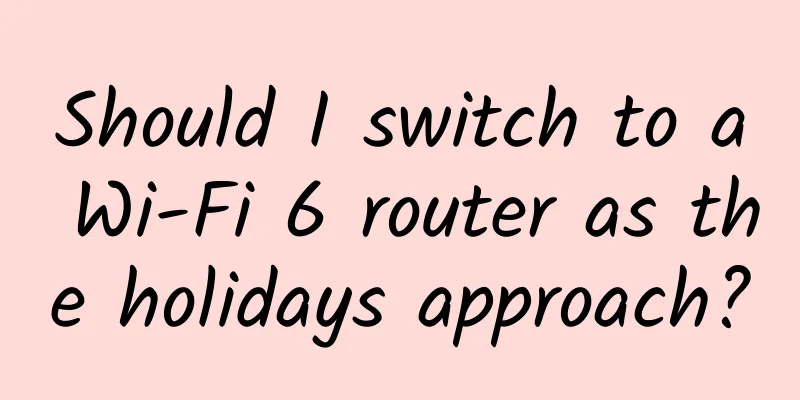
|
If 2019 is the first year of Wi-Fi 6 commercialization, then 2020 is undoubtedly the year when Wi-Fi 6 begins to be gradually popularized to consumers. Although it is still during the epidemic, many routers and terminals that support Wi-Fi 6 have been officially released in the past few months. Now, Huawei, Xiaomi, TP-LINK, ASUS, and Netgear have all released their own Wi-Fi 6 wireless routers. Do you want to change one during the May Day holiday? Compared with the most popular Wi-Fi 5, Wi-Fi 6 is faster, supports more concurrent devices, has lower latency, and consumes less power. Wi-Fi 6 uses the OFDMA technology that is the same as Huawei's 5G, combined with 1024-QAM high-order modulation, which can support a maximum bandwidth of 160MHz, which is nearly three times faster than Wi-Fi 5. Intelligent frequency division technology can support more concurrent devices and increase the access device capacity by 4 times. Multiple concurrent access devices can reduce queuing, actively avoid interference coloring, and reduce latency by two-thirds. When the terminal device is on standby, it supports on-demand wake-up function, which reduces terminal power consumption by 30%. We can compare the scenario of router-to-device transmission to a fleet. Under the Wi-Fi 5 standard, a fleet can only deliver to one customer at the same time, even if there are empty cars. If a car breaks down (is interfered with), the entire fleet cannot be dispatched. Under the Wi-Fi 6 standard, a fleet that sets out at the same time can form a small team of at least 26 adjacent cars. Each team can deliver to different customers. If a car breaks down (is interfered with), it only affects the team it is in. When we are at home, we often find our neighbors' Wi-Fi signals, which can interfere with our own Wi-Fi transmissions. The interference coloring technology used by Wi-Fi 6 can mark neighboring network signal frames that pass through walls, allowing the user's router to ignore them. Neighbors' Wi-Fi signals can transmit data simultaneously on the same channel without interfering with each other, reducing the interference rate by 30%. The power consumption of Wi-Fi 6 and Wi-Fi 5 is very different. Wi-Fi 6 will negotiate with the terminal on the timing of Wi-Fi wake-up, so that it can wake up on demand, and it will not consume power during other sleep time. However, Wi-Fi 5 can only communicate with one device at a time, and all terminals connected to the same route are either in the transmission state or in the waiting state, and they are disorderly, and the waiting state still consumes power. In general, Wi-Fi 6 routers are the general trend, and the prices of many products have dropped below 300 yuan. If your mobile phone or laptop supports Wi-Fi 6, you can really consider trying it! |
<<: 7 excellent open source network monitoring tools
Recommend
By the end of 2021, my country will have 10.1 5G base stations per 10,000 people
The Ministry of Industry and Information Technolo...
The Ministry of Industry and Information Technology has indicated 10 important directions for 5G development in 2020!
On January 20, the State Council Information Offi...
OVH France/Canada High Defense VPS 50% off for the first month, starting from 14 yuan
Oluyun is a new Chinese hosting company that open...
Teach you how to accurately calculate the I2C pull-up resistor value
[[438676]] How many devices can be connected to t...
The virtual world's "express delivery system" is upgraded again, what is IPv6+?
This article is reproduced from Leiphone.com. If ...
For the first time, such a clear and unconventional explanation of K8S network
[51CTO.com original article] K8S network design a...
Qualcomm demonstrates 5G new air interface connection based on 3GPP for the first time, which is expected to become a global standard
At the "2017 Qualcomm 5G Summit" held r...
Five changes that 5G will bring to operators
There is no doubt that several operators are acti...
Clouvider: £3.15/month - 2GB/50GB/5TB@10Gbps/8 data centers available
Clouvider is a foreign hosting company founded in...
5G traffic charges will not hurt operators to make money in a roundabout way
5G is expected to start trial next year, and the ...
LiCloud: $29.99/month Hong Kong dedicated server - E3-1230v2, 8G memory, 240G SSD or 1TB HDD hard disk, 15M bandwidth
LiCloud.io is a hosting company (LiCloud Limited)...
Are you familiar with the all-optical networks that are being deployed one after another?
Recently, China Telecom Gansu Company held a pres...
Detailed explanation of STM32 network DMA controller
[[380257]] The block diagram of the STM32 network...
These specialized and innovative "little giants" gather in the Tianfu Software Park Industrial Cluster
On September 2, the Beijing Stock Exchange was es...
Empowering IDC infrastructure, can 5G achieve data transmission at the speed of light?
The fifth generation of cellular networks is gett...


